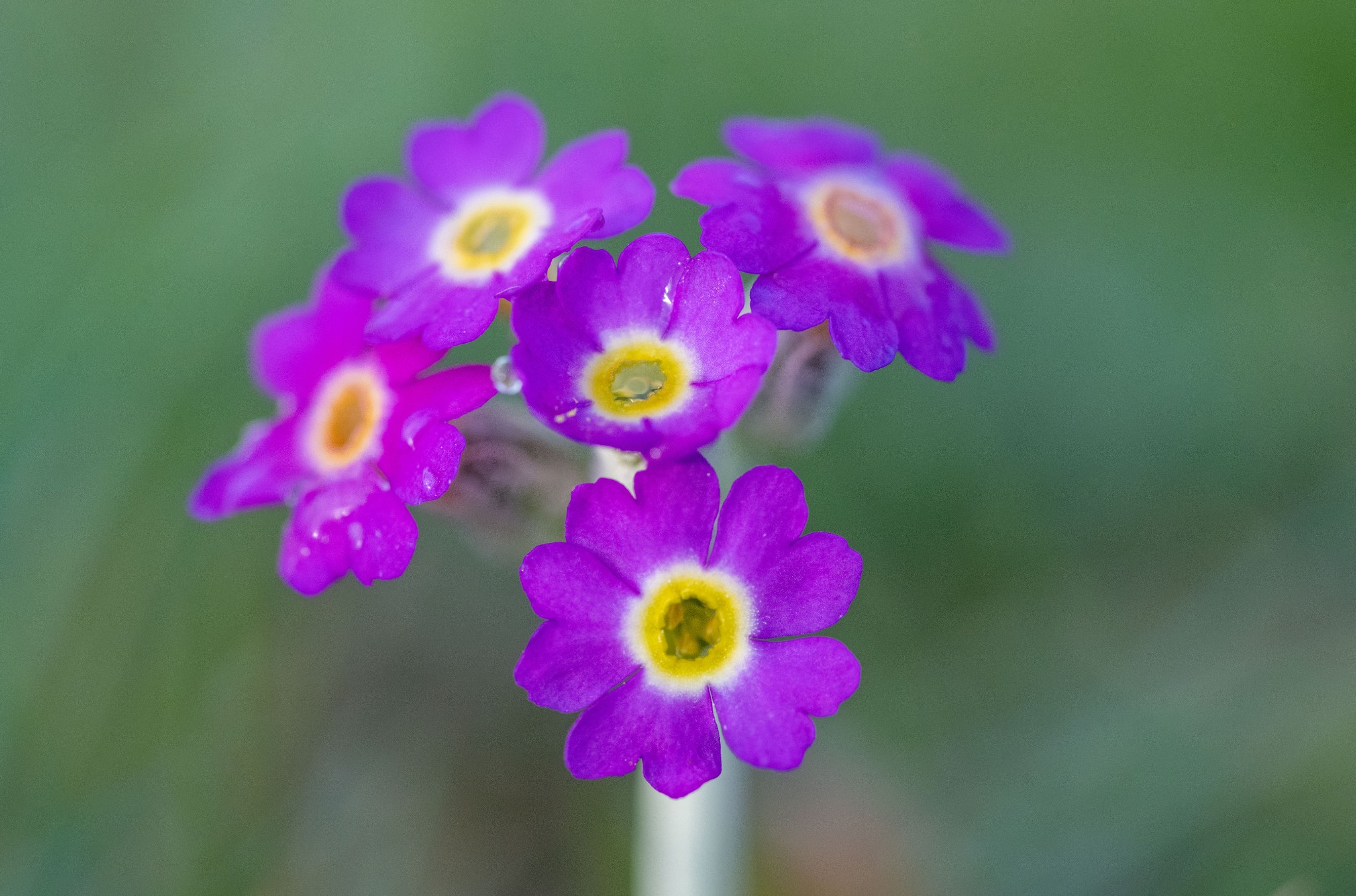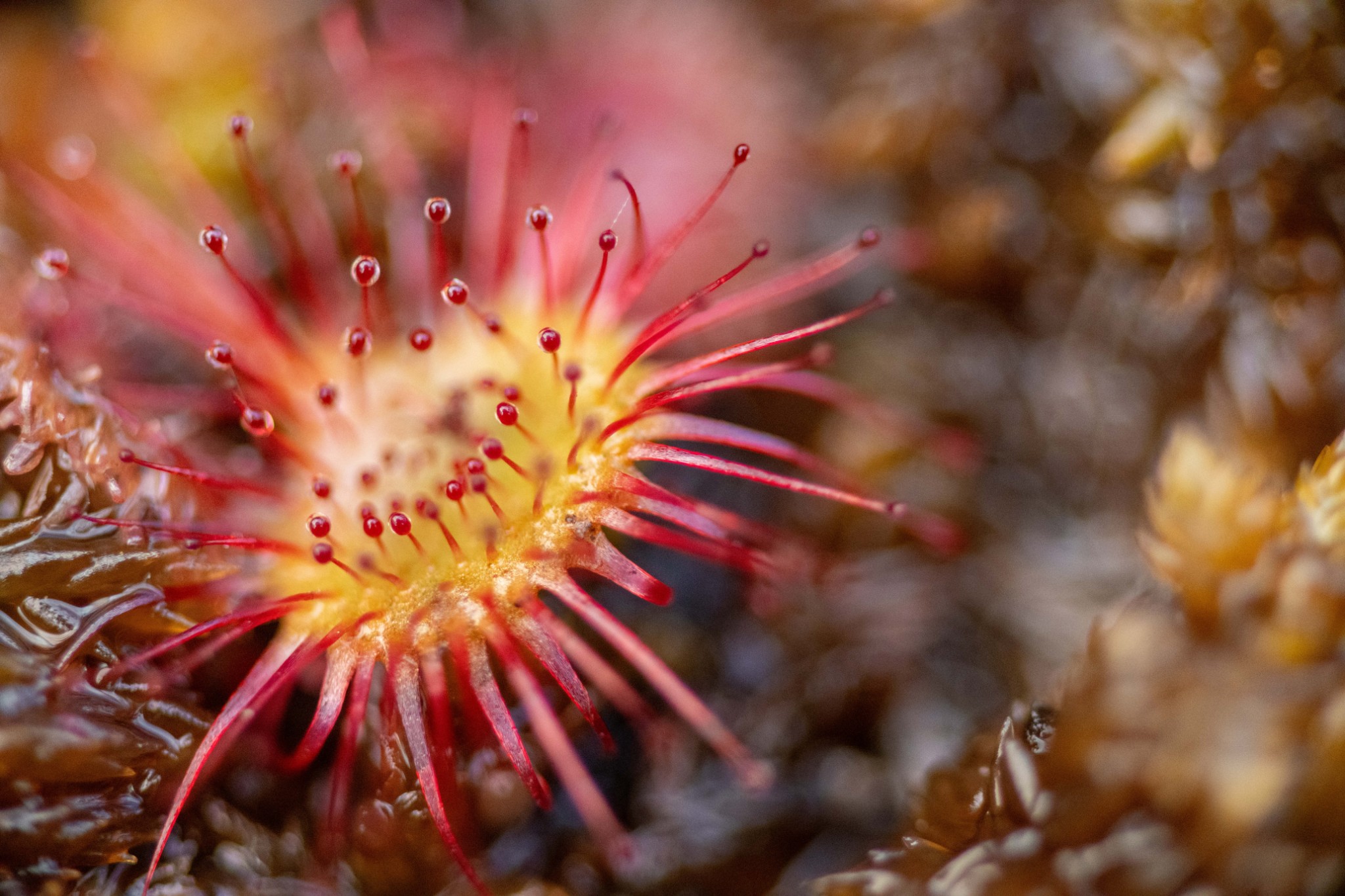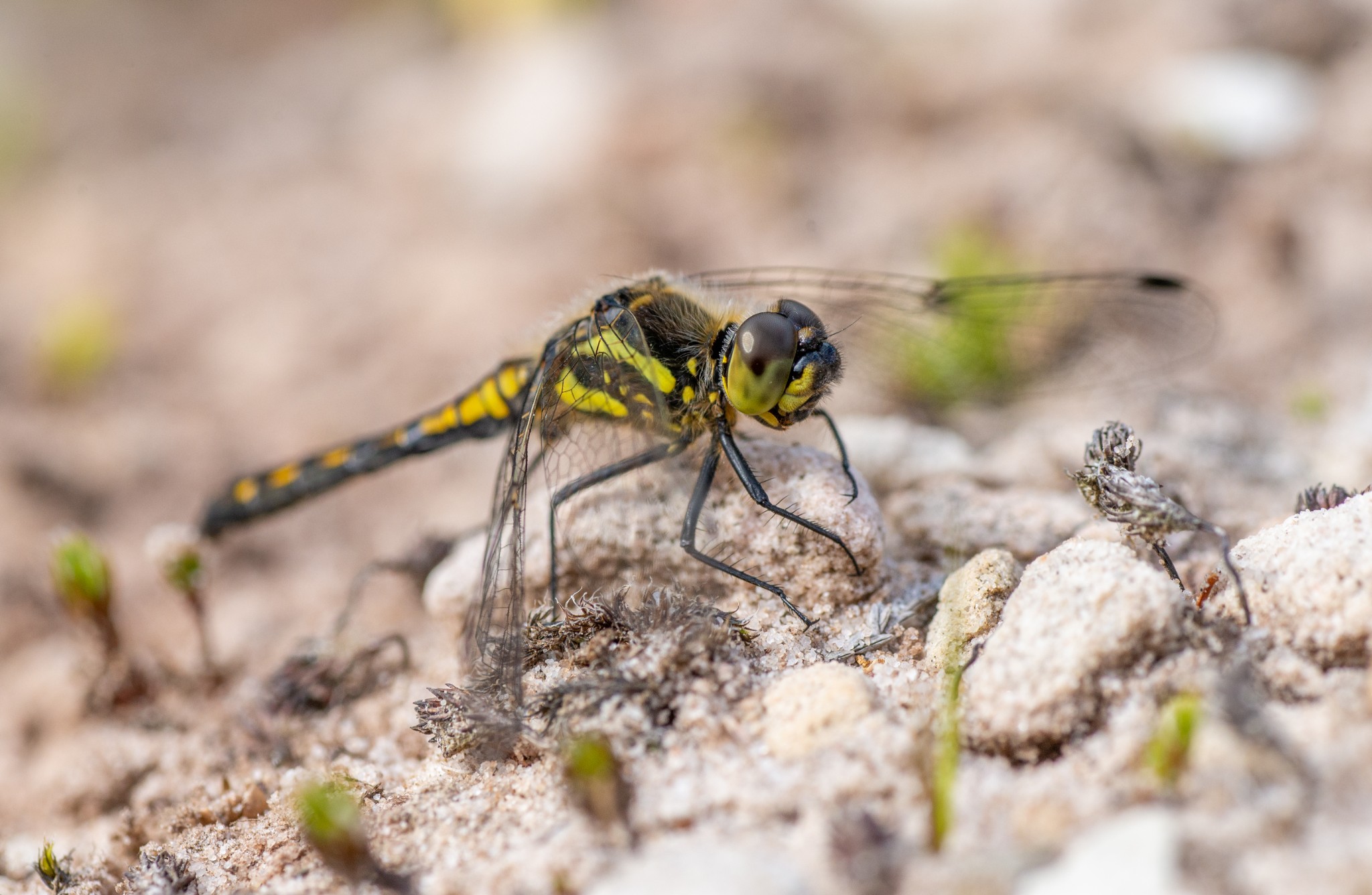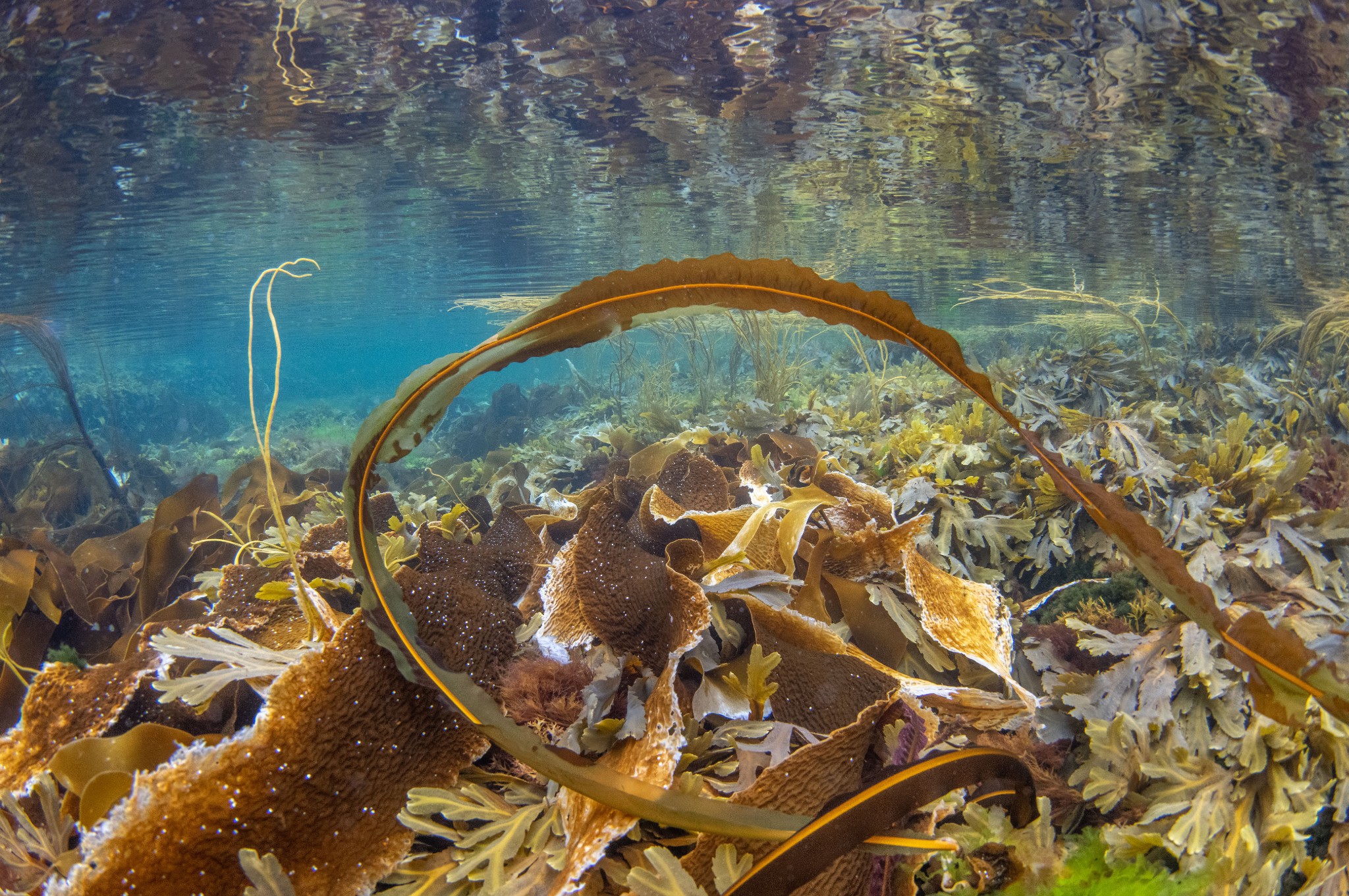When it comes to summer, we often quickly lament what has already passed rather than what is still to come.
I found myself guilty of this the other day whilst out with my labrador. The vegetation fringing the path we walked along had become thick and lush, and the seed heads of grasses swayed in the wind whilst numerous meadow brown butterflies flew up in front of us, giving a feeling that summer was already racing quickly to its conclusion.
I stopped and took a breath, admiring a great skua as it cruised along at head height, chastised by an Arctic tern as it flew. It was only then that I paid more attention at the profusion of wildflowers around me. Tufted vetch, meadow vetchling, kidney vetch, lady’s bedstraw, silverweed, yellow rattle, marsh cinquefoil, and cat’s-ear were all here and a real reminder that summer is far from over with lots to still enjoy and look forward to.
I’ve spent a lot of time on the cliffs this summer taking in not only the visual delights of our seabird cities but also the smell! The breeding season is underway with some species well ahead of others. Some shags for instance already have very well-developed chicks.
I watched a prolonged fight between two shags back in May. The cause was nesting material. Shags are notorious thieves and will readily steal material from the nest of its neighbour. The nest can become quite large and is generally a messy affair built up with seaweed. Recently however I discovered a beautifully built and very neat nest constructed from small pieces of seaweed and fresh vegetation. This bird had very young chicks but at least they will grow up in the poshest shag residence on the cliff.
Another bird that puts a lot of effort into nest building is the kittiwake. They construct a substantial cupped nest from vegetation bound together with mud. As the season progresses it is further strengthened as their poo or guano builds up in the nest. Just last week I photographed new chicks, their heavy heads falling from side to side, pecking at the beak of the adult to illicit being fed. The adult duly provided, a gloop of seafood regurgitated straight into its mouth. Most of these nests have two chicks which is the norm, though kittiwakes do sometimes lay a third egg.
To see this is so heartening and we can enjoy them for the rest of the summer. Whilst some species such as the common guillemot and razorbill will be heading out to sea again soon there are a number of species that will stay on the cliffs until their offspring are almost the same size as the adult. These include the gannet, fulmar, and to a lesser degree, the puffin.
Another species we can enjoy for the rest of July at least is also one of our finest, the diminutive Scottish primrose. I would urge anyone who wishes to see it to get themselves along to Yesnaby where there is currently a spectacular display on show. The Scottish primrose has two flowering periods; the first one happened perhaps rather soon in mid-April and lasts through May. Visitors in June are often disappointed not to see it but it flowers again now in July. A phenomenon of the second flowering is the appearance of the flower heads on taller stalks as well as more numerous flower heads themselves, with five or six per stalk not uncommon. Look out too for the delicate and beautiful creamy white flower of the grass of Parnassus nearby.
Before the end of the month, I also want to make the short ferry trip to Hoy to find some more specialist species, both of which consume small insects. The first is stationary whilst the other is very much mobile. Orkney is home to two species of sundew, the round-leaved and the great sundew. Whilst the round-leaved sundew is generally found spread out flat to the ground, the leaves of the great sundew are upright, making it more conspicuous although it is a rarer plant.
What they have in common is the use of dewdrops, a sticky, glistening fluid on the tips of ‘hairs’ to attract and trap small insects. Another carnivorous plant that keen be seen at this time of year in similar habitats in the butterwort, with its impossibly petty purple flower on a tall stalk.
It’s possible to look down at sundews then look up and see the other insect eater of interest in Hoy as they share the same wet peaty habitat; the black darter dragonfly.
The black darter is a small, narrow-bodied dragonfly and as the name suggests they have s a somewhat darting and erratic flight. They are however supreme predators. The male is almost entirely black with yellow spots whilst the female is the opposite, yellow with black markings. Whist it can take a minute to get your eye in distinguishing the differences between male and female damselfly species, mature male black darters are the only black dragonfly in the UK making it unmistakable.
The last thing on my list this month is to do something I’ve done very little of this year - get in the sea. Snorkelling in the deep pools near the Brough of Birsay last year was a bit of a revelation. The water is crystal clear and the perfect place to admire the plethora of different seaweed species found here. The larger more spectacular ones include sugar kelp, dabberlocks, thong weed oarweed and cuvie.
Lastly, it’s been a while since I’ve photographed any jellyfish. I heard some sea swimmers recently asking one another ‘did you see any lions?’ An odd question you might think whilst on an Orkney beach but they are of course referring to the lion’s mane jellyfish. It’s a large, beautiful, amber-coloured jellyfish with long tentacles which often trail meters behind it, and its these stinging tentacles that can prove troublesome for the swimmer.
Best to stay in front of it rather than behind it if you can!
Raymond is a wildlife filmmaker who also offers bespoke Orkney wildlife tours and one-to-one wildlife photography tuition. Find out more via his official website. You can also find him on Facebook, Twitter and Instagram.




